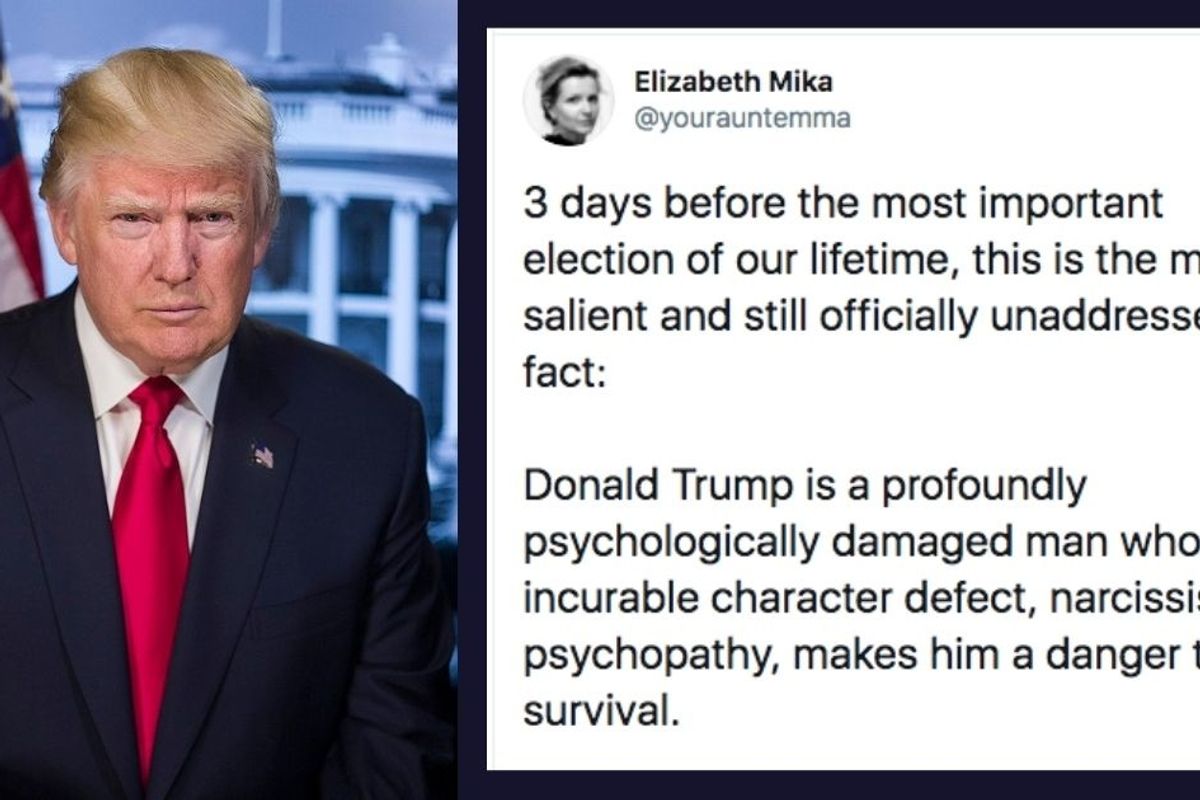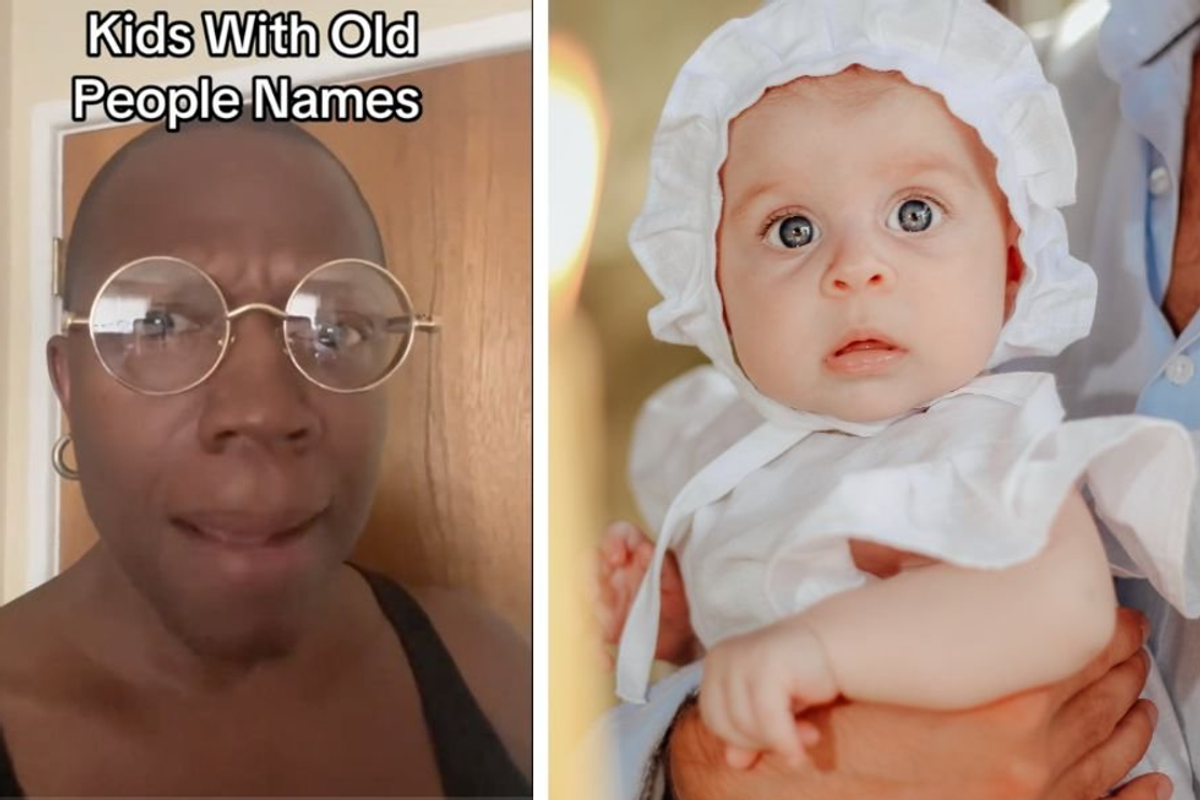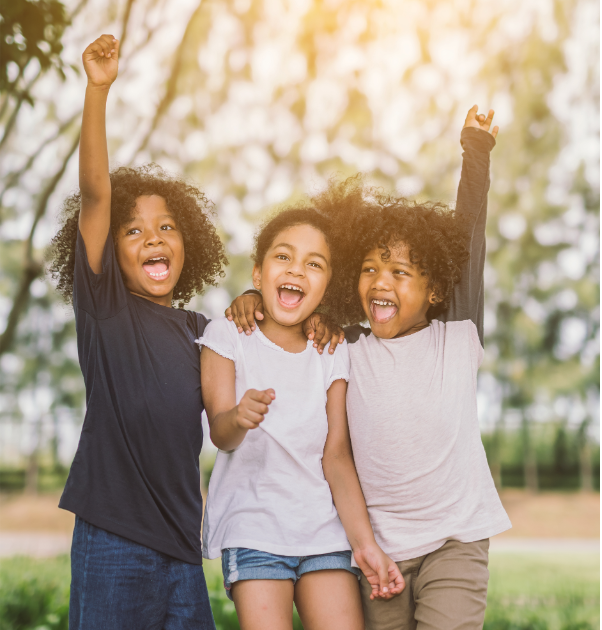A psychologist explains Trump's lack of conscience and warns of what a 2nd term would bring

The president of the United States is not insane—probably. He is not mentally ill—probably. His word salads and boorish, bullying behavior aren't explained by a psychological disorder that could be treated with medication or therapy—unfortunately.
All signs seem to point to President Trump having a personality disorder, which is actually far, far more troubling. Personality disorders are virtually untreatable, meaning his poor character qualities are baked into who he is. It cannot be altered and will not change.
This is not news to many of us, of course. But it's an important thing to understand, as the president of the United States continues to hold superspreader events in the middle of an uncontrolled pandemic and as we careen toward the most consequential election of our lifetime.
Elizabeth Mika is one of dozens of psychologists who publicly raised a red flag when Trump first announced his run for the presidency. Reading her essays from pre-election 2016, it's almost spooky how well she nailed who Trump is, how he operates, why his base loves him, why the GOP pivoted to support him, and why the rest of us are left disturbed and frustrated by both him and his cult-like following. It's part of the president's pathology and what happens when someone like him gains power.
"My opinion, based on observations of his behavior, public accounts from his family and associates, and all the information we have about his developmental and relational history, is that he is a malignant narcissist." Mika tells Upworthy.
"Malignant narcissism is the extreme end of the narcissistic spectrum," she explains. "It is a condition comprised of psychopathy, sadism, manipulativeness, and paranoia, in addition to narcissism. The term, not found in DSM, was coined by Erich Fromm who considered malignant narcissism the most dangerous form of psychopathology known to humankind. Narcissistic psychopathy may also apply. I use these terms interchangeably, although malignant narcissism encompasses a greater range of clinical manifestations."
Mika says that there may be other issues present, but the core of who Trump is is based in his "lack of conscience (psychopathy)" and his "unusual ego fragility that manifests in his insatiable need for adulation (narcissism)."
"By the way, this is a character defect and not a mental illness," Mika adds. "It is fixed (unchangeable), permanent, and incurable. It is who he is. The defect, to be precise, is chiefly his missing conscience, which makes him incapable of empathy, guilt, and shame, unable to experience higher level feelings, and understand and respect higher values. We may not need clinical labels if I understand that this last sentence defines Trump's character."
Having grown up in post-WWII Soviet-occupied Poland, Mika has a unique perspective on the president and the threat his narcissistic psychopathy poses to the nation. She has lived in the U.S. since 1987, but Mika says her upbringing sensitized her to authoritarian regimes. "I have noticed that people who grew up in oppressive regimes, as well as victims of narcissistic abuse, were the first to raise alarms about Trump's presidency." she says.
One weird feature of the Trump era is that for millions of us, this assessment of Trump might best be summed up as "Well, duh." His pathology is glaringly, painfully obvious. Even if it's refreshing to see it laid out so clearly, none of it is surprising. And yet, for millions of others, hearing that the leader of our country is missing a conscience makes no difference. The worse he behaves, the more his base salivates.
Mika has an explanation for that as well.
"There are many people, of course, who don't see anything wrong with Trump," she says. "On the contrary, they adore those traits that we see as pathological and believe that they make him a great leader. They elect him because his pathological character traits best suit their agendas, namely the destruction of the existing socio-political structure and their 'enemies'—typically The Others—whom they blame for their life failures."
"As I write in 'Trumpian Victory,' she continues, "Trumpism is about rage and revenge: rage that stems from aggrieved entitlement, but also from the very real wounds, and the revenge on those who are seen, mostly erroneously, as responsible for those wounds...Malignant politicians will steer people's anger away from themselves and other responsible parties, and blame it on easy, vulnerable scapegoats—immigrants, refugees, minorities, women, eternal Others."
In her writings, Mika also talks about "collective narcissism" and "narcissistic collusion" to explain the bond between Trump and his base, who see in him a way to fulfill their own dreams and wishes.
"He makes them promises that he cannot and does not intend to keep, but it does not matter," she says. "What matters is maintaining the shared illusion of their glory, future prosperity, greatness, and scapegoating The Others for their misery—the last one an absolutely necessary component of the malignantly narcissistic leader's appeal."
In "Trumpian Victory"—which she wrote in July of 2016—Mika explained the cult-like qualities that some Trump supporters exhibit:
"Narcissistic leaders and their followers fit together like hand and glove, as their pathological needs become enmeshed, to everyone's detriment. The leader obtains thousands of mirrors to reflect his glory, an open and ongoing line of narcissistic supply that feeds his insatiable desire for adulation and power, at least for some time; and his followers receive The Ideal to emulate, which, via emotional identification, patches up their inner wounds and makes them feel whole, if only for a while. In this state of heightened narcissistic collusion that suspends reason and conscience, anything, no matter how unrealistic or vile, becomes possible and necessary, including a bloodbath or several."
Many of us feel like we barely recognize what our society and political life look like in the Trump era. We've seen people we thought were smart fall into deep wells of disinformation, we've watched norms and institutions and checks and balances crumble before our eyes, and we struggle to make sense of it all. Mika explains that this as the predictable path of a pathological president.
"Once these characterologically defective individuals assume power," she says, "their unaddressed pathology is normalized—because normal people are either hesitant to talk about it and/or don't see and understand what it happening—gradually taking over and reshaping the entire system (organization, country) according to their primitive, valueless, transactional view of the world and relationships. In pathocracy, truth is erased, norms are destroyed, and propaganda turns reality upside down. When pathocracy is led by a malignantly narcissistic leader, as it is usually the case, the society and its institutions are perverted into vehicles of meeting his primitive needs for power and self-aggrandizement."
So what does this mean for a second term, if Trump happens to win on Tuesday?
"It would be the end of America as we know it," Mika says bluntly. "A full blown reign of pathocracy of the kind that we are already seeing at work in the Trumpian unreality fueled by lies, grandiose boasts, rage directed at The Others—immigrants, minorities, political opponents—and wide-ranging incitements of violence, which would become policy as well. Trump's second term will be oriented toward revenge on his critics, solidifying his power, padding his pockets, and destroying the last remnants of the institutions that stand in his way to absolute power."
Mika described the psychology of that process in her essay, Tyranny as a Triumph of Narcissism that was published in the book "The Dangerous Case of Donald Trump."
Why have we not seen more focus on the president's obviously dangerous pathologies? Many psychologists have been reticent to speak publicly due to the "Goldwater Rule," which says that it is unethical for a psychiatrist to offer a professional opinion about a person's mental health unless they have conducted an examination and been granted proper authorization for such a statement.
"It is a reasonable rule, protecting both patients and psychiatrists," says Mika, "but it is not set in stone, obviously. And in our situation, where the nation has been beset with the mentally unsound leader, the rule has been viewed more as a gag order, against which many have rebelled anyway."
"We have a pathological president whose character defect is the defining feature of everything that happens in our political life today, and that includes our botched COVID response that has resulted in so much needless death and suffering," says Mika. "Pretending that these problems—namely, Trump's psychopathology—do not exist is an insult to our decency and common sense."
"Such denial is, however, a predictable mechanism in the spread of pathocracy—the rule of people without a functioning conscience (psychopaths, narcissists, and their ilk)," she adds. "And pathocracy is upon us, which is why silence is not an acceptable response from those who see what has been taking place around us."
As grim as that may sound, Mika is hopeful about the future.
"One major reason I started to write about Trump and Trumpism in 2016 was to warn that 1. Yes, he would be elected, and 2. Once elected, he would destroy America as we know it. He would not pivot, as some hoped, nor surround himself with good advisors and other such self-serving futile tales passed around during that time." (Like I said, she nailed him from the get-go.)
"However," she says, "I am more optimistic now than I was in 2016 when I wrote about what was to come for us under Trump. Those things did come, of course, and the nearest future will be very difficult, but my optimism comes from the belief—knowledge, even—that our developmental trajectory as a species is trending toward realization of higher values. Slowly, and with scary detours, but surely. It is a process of positive disintegration. Our task here, on this planet, is to transform pain and suffering into compassion and love, and this is more clear, to me, now than it was in 2016. Thus the greater optimism, despite the darkness on our horizon."
"Trump's presidency is a necessary confrontation with our shadow," says Mika, "which allows us to see ourselves more truthfully, and thus unleashes the forces needed for healing and transformation. The surge of new voters we are seeing now alone is a sign of the change spurred on by Trumpism."
We know what we're looking at. We've seen what psychologists warned us about play out, and we see it continuing to play out in Trump's rhetoric and rallies.
"We have now this opportunity to become aware of the deep psychological processes working in and through us and thus change them," Mika says. We can only change things of which we are conscious. This is our chance.
- Mandy Patinkin and his wife Kathryn made the world's most ... ›
- These 3 voters were either undecided or not voting. That changed ... ›
- A mental health professional makes a strong argument against ... ›
- In the big picture, a slim Biden win may actually be the best possible outcome for America - Upworthy ›
- A lawyer explains why Trump's legal case falls flat in an entertainingly informative Tik Tok - Upworthy ›
- What's 'the downside' in humoring Trump's election fraud lies? Are you serious? - Upworthy ›
- I've spent 4+ years trying to understand Trump supporters. I'm all done now. ›
- Why I regret writing about trying to understand Trump supporters - Upworthy ›
- Telegram users are being sold fake trump coins - Upworthy ›
- Self-aware narcissist explains narcissistic personality disorder on TikTok ›
- People with road rage are often narcissists - Upworthy ›
- Man diagnosed as a sociopath answers people's questions - Upworthy ›
- Expert explains how to recognize a narcissistic relationship - Upworthy ›



 Worried mother and children during the Great Depression era. Photo by Dorthea Lange via Library of Congress
Worried mother and children during the Great Depression era. Photo by Dorthea Lange via Library of Congress  A mother reflects with her children during the Great Depression. Photo by Dorthea Lange via Library of Congress
A mother reflects with her children during the Great Depression. Photo by Dorthea Lange via Library of Congress  Families on the move suffered enormous hardships during The Great Depression.Photo by Dorthea Lange via Library of Congress
Families on the move suffered enormous hardships during The Great Depression.Photo by Dorthea Lange via Library of Congress

 Millennial mom struggles to organize her son's room.Image via Canva/fotostorm
Millennial mom struggles to organize her son's room.Image via Canva/fotostorm Boomer grandparents have a video call with grandkids.Image via Canva/Tima Miroshnichenko
Boomer grandparents have a video call with grandkids.Image via Canva/Tima Miroshnichenko
 Classic Film GIF
Classic Film GIF  Oh nothing, just Edyth, Arthur, and Iris hanging out at the park.
Oh nothing, just Edyth, Arthur, and Iris hanging out at the park.
 It helps that Golden Retrievers are notoriously friendly. Photo by
It helps that Golden Retrievers are notoriously friendly. Photo by